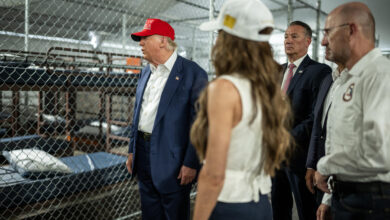A very brief explanation about the nature of currency

Money is something most people in the world have handled at some point and something that is used on a daily basis. Without money, modern economies would be something completely different from what they are today. In fact, it is hard to imagine what modern societies would be like without it. However, what is money?
According to the International Monetary Fund (IMF), money is anything that can store value over time, meaning people can save and use it later. Money is a unit of account, allowing a common base for establishing prices. Furthermore, it serves as a medium of exchange, which means people can use it to trade goods and services.
Many things were used as money throughout history before currencies existed. In Latin America, for instance, the Maya and the Aztecs used cocoa beans as a means of payment. In Italy, the regional bank Credito Emiliano has accepted parmigiana (parmesan) cheese as collateral for loans since 1953.
Yet precious metals seemed to serve the three purposes mentioned above, and because of their durability, limited supply, high replacement cost, and portability, they became more attractive as money than other goods. Consequently, gold and silver were the main currencies that people used for a while.
These metals are heavy, so over time, people found it more convenient to deposit gold and silver at banks and to use a note that claimed ownership of their deposits in order to make transactions. However, it is not as simple as that. Since 1971, governments delinked paper money from precious metals, and the world now operates under a system called fiat money.
What is fiat money?
Fiat money is not backed by any material reserves, in other words, it is materially worthless. Nowadays, money has value simply because a nation declares that it has value. Most of the money is now created by banks whenever they make loans. When banks give loans to people they are simultaneously creating the money that they are lending. Thus, money represents nothing more than credit… and interest, of course.
Since fiat money became the global norm, the supply of money has grown exponentially. It serves the same the functions as before, but it only works because people trust that it will do it. Money does not have any intrinsic value.
Now, banks make their profit by charging interest on their loans. As long as they are confident in the economy, they want to lend as much as possible. The problem is that if a government prints lots and lots of notes, vast amounts of money are chasing fewer goods and services, which can lead to inflation. As Business Insider once warned:
“The law of supply and demand is not to be conned. As the supply of money (of claims) increases relative to the supply of tangible assets in the economy, prices must eventually rise. Thus the earnings saved by the productive members of the society lose value in terms of goods.”
In short, the money used today works only because people believe it does. Money is only worth what somebody else is willing to give in return, which is not supported by nothing more than the full faith that a government will enforce its regulations and ensure the whole system is working. Whether that is the case or not, it is the subject of a whole different discussion.
Latin American Post | Paula Bautista
Copy edited by Marcela Peñaloza





